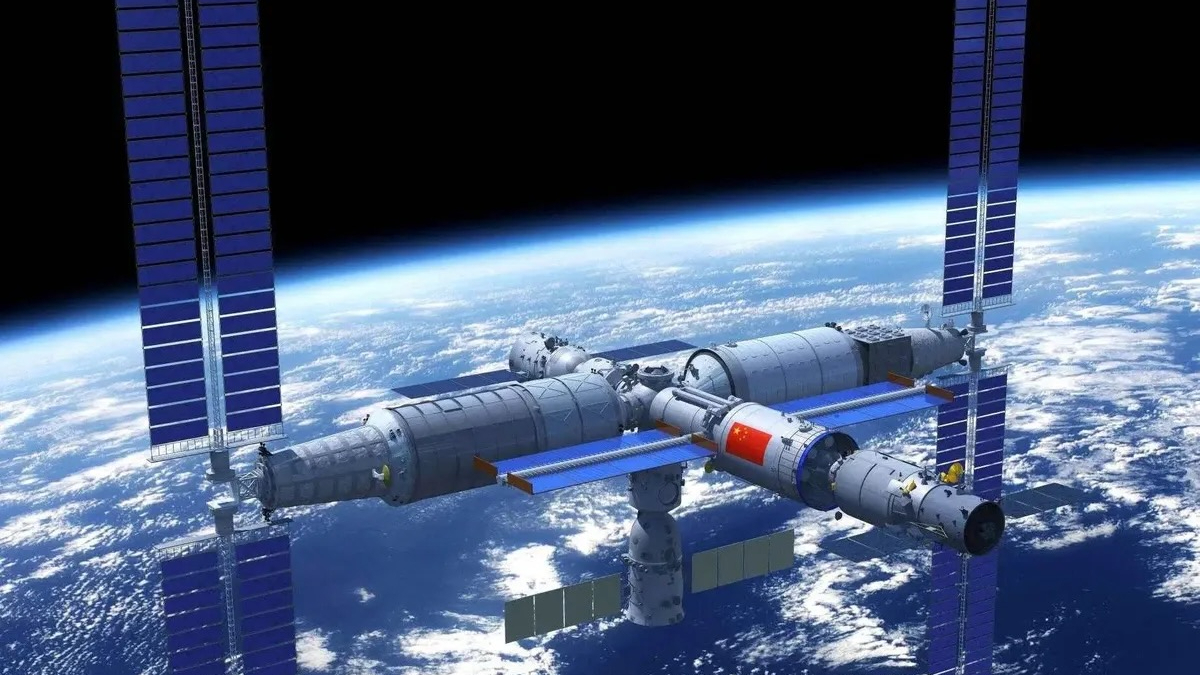Satellite tracks vicious Caldor Fire spread in California in time-lapse video
The GOES 17 satellite monitors wildfires and smoke coverage in near-real time.

The Caldor Fire raging near Lake Tahoe on the border of U.S. states of California and Nevada has been captured in a stunning time-lapse video by a satellite in orbit, showing the scale of the massive wildfire.
The GOES 17 satellite operated by the National Oceanic and Atmospheric Administration (NOAA) recorded the images making up the new time-lapse video on Monday evening (Aug. 30). The satellite's high-resolution rapid-scan camera was specifically developed to detect wildfires and monitor smoke coverage in near real-time, which NOAA officials then sped up in the new video.
The video, released by NOAA on Tuesday morning, shows the blaze burning south of Lake Tahoe with a thick billow of smoke spreading to the east.
Related: Siberian wildfires double greenhouse gas emission record: This is how they look from space.
According to California's Department of Forestry and Fire Protection, Caldor Fire has devoured 191,607 acres of forest and land as of Aug. 31 since it broke out on Aug. 14. Only 16% of the blaze has been contained as it continues to spread.
About 22,000 residents of towns in the South Lake Tahoe area had to leave their homes after the blaze spread over the edge of the Sierra Nevada mountain range, fanned by strong winds and helped by low humidity. An additional 31,000 people from California's counties El Dorado, Amador and Alpine also had to be evacuated, according to Gizmodo.
There are currently 11 active wildfires across California, according to the Department of Forestry and Fire Protection, out of which Caldor Fire is currently the second largest, followed by Monument Fire in northern California. The Dixie Fire, the largest fire in California's history continues to ravage the Lassen Volcanic National Park and is still only 48% contained. The fire, which had broken out in mid July, has burned 807,396 acres of forest and land and destroyed the historic gold-rush era town of Greenville.
Breaking space news, the latest updates on rocket launches, skywatching events and more!
This year's devastating fire season is, according to scientists, a direct result of progressing climate change. California has become hotter and drier over the past 30 years, providing increasingly favorable conditions for the spread of summer wildfires, according to statistics from the European Copernicus Earth observation program.
Launched in March 2018, GOES 17 (for Geostationary Operational Environmental Satellite) sits at the altitude of 22,000 miles (36,000 kilometers) above Earth in a spot with a constant view over the North American continent and the Pacific Ocean.
Follow Tereza Pultarova on Twitter @TerezaPultarova. Follow us on Twitter @Spacedotcom and on Facebook.
Join our Space Forums to keep talking space on the latest missions, night sky and more! And if you have a news tip, correction or comment, let us know at: community@space.com.

Tereza is a London-based science and technology journalist, aspiring fiction writer and amateur gymnast. Originally from Prague, the Czech Republic, she spent the first seven years of her career working as a reporter, script-writer and presenter for various TV programmes of the Czech Public Service Television. She later took a career break to pursue further education and added a Master's in Science from the International Space University, France, to her Bachelor's in Journalism and Master's in Cultural Anthropology from Prague's Charles University. She worked as a reporter at the Engineering and Technology magazine, freelanced for a range of publications including Live Science, Space.com, Professional Engineering, Via Satellite and Space News and served as a maternity cover science editor at the European Space Agency.
